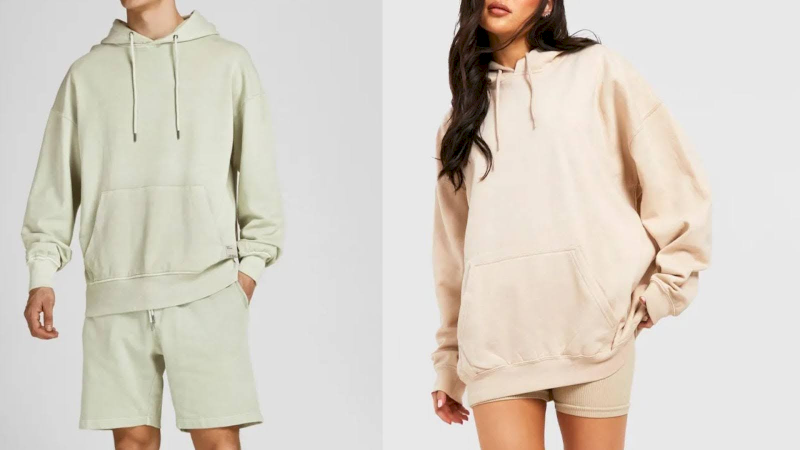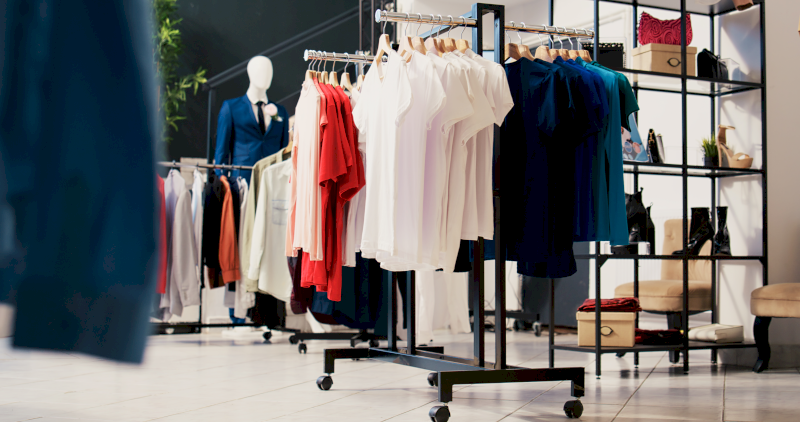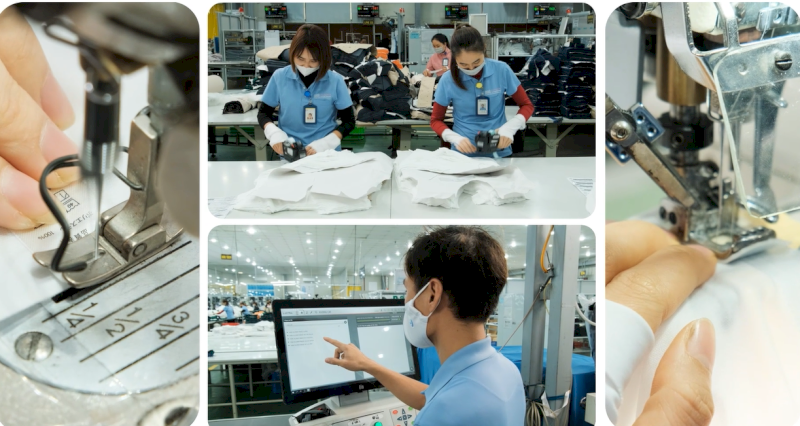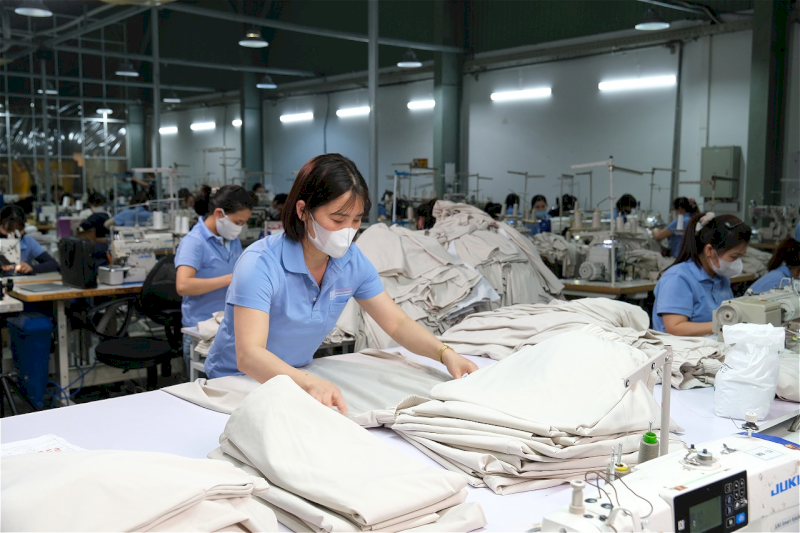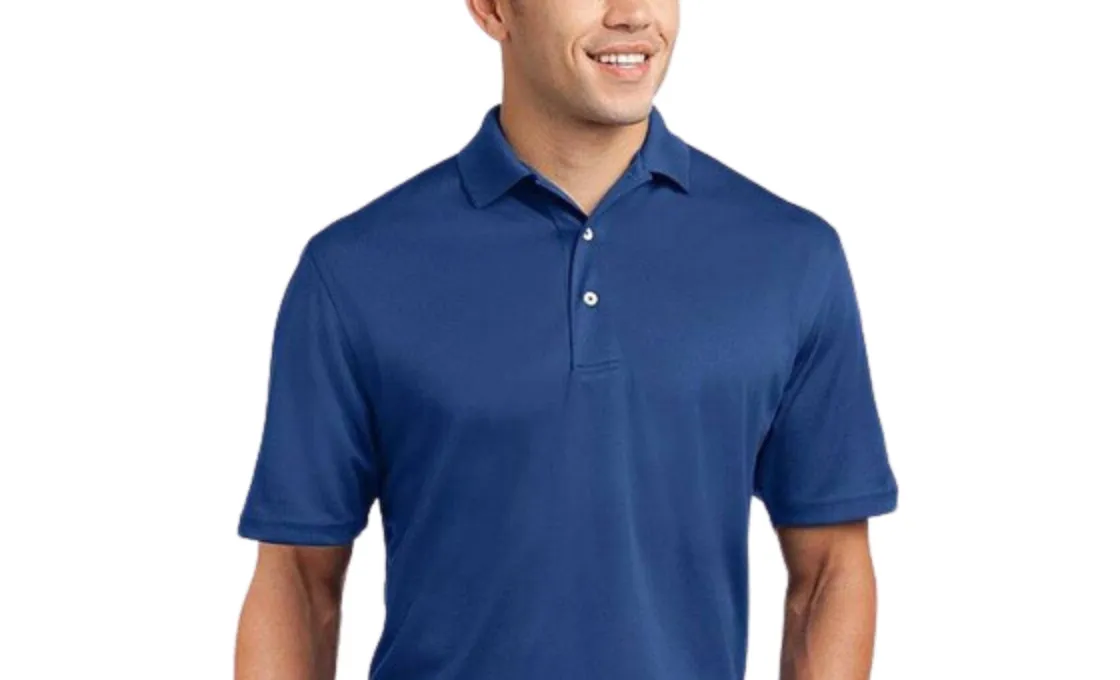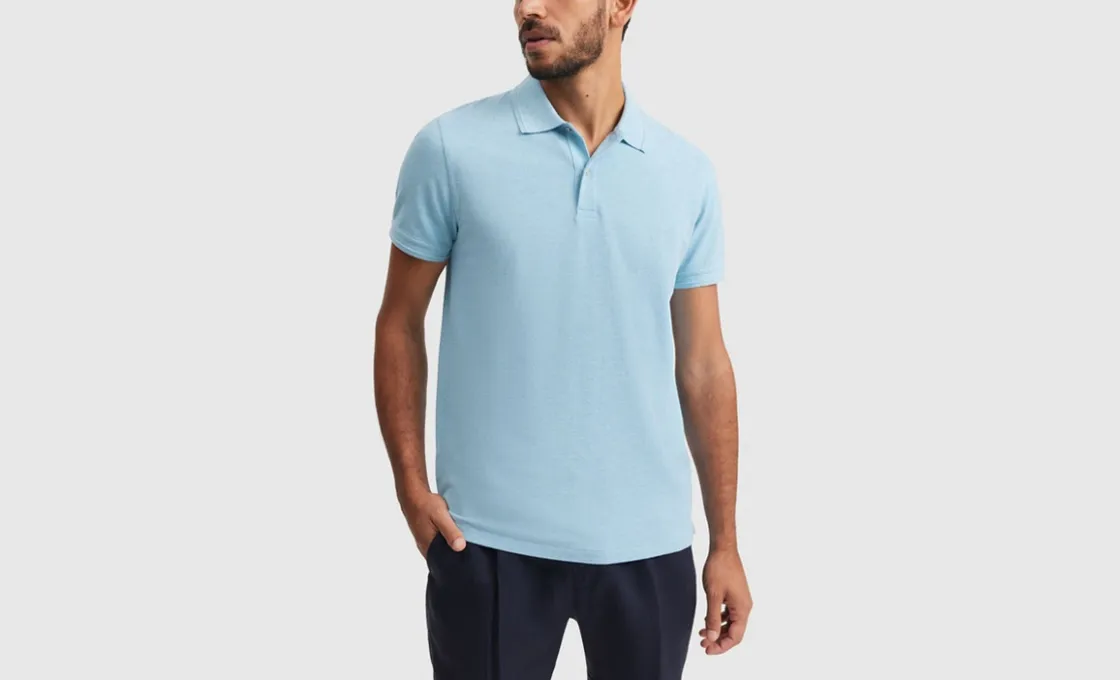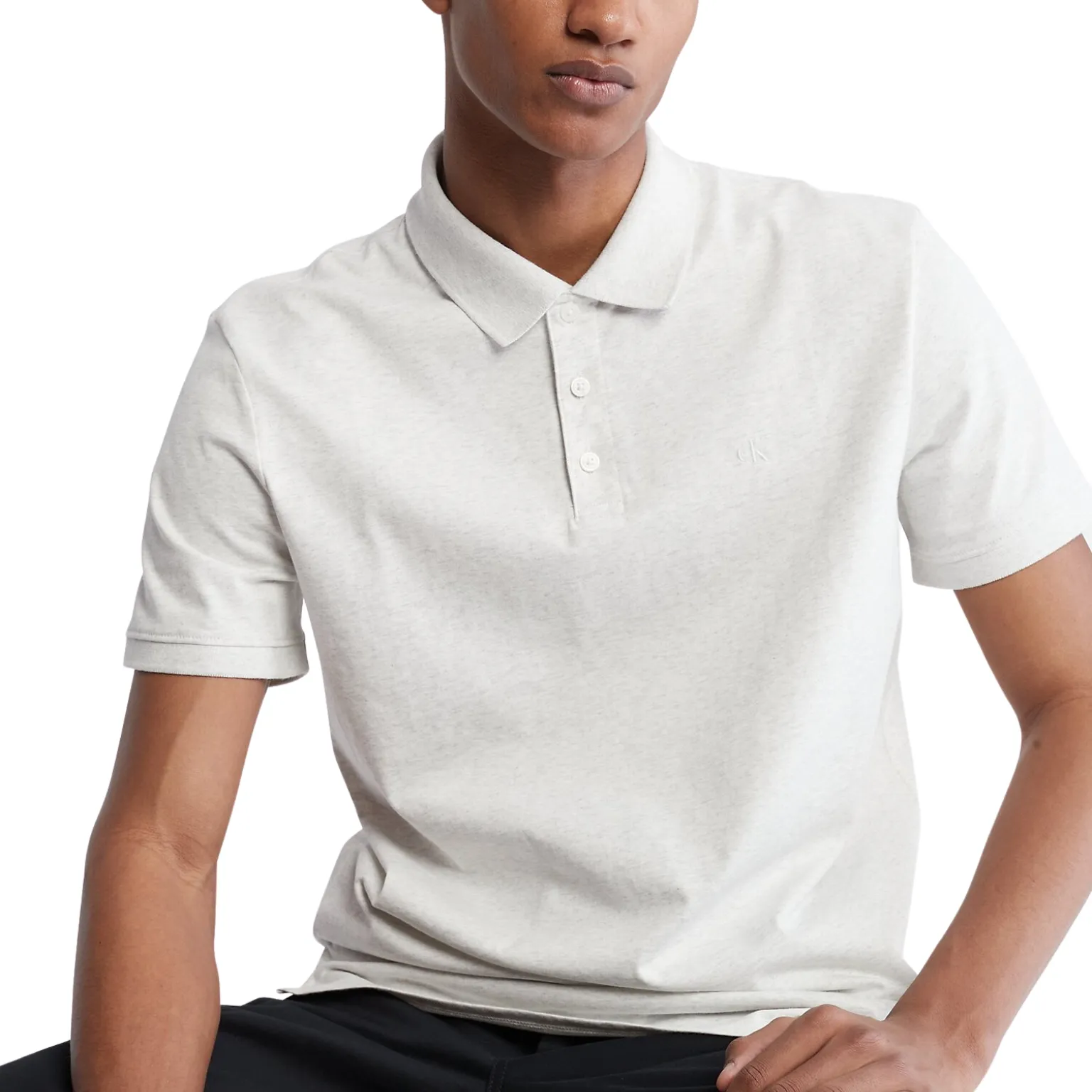Tariffs are key strategic factors that can influence sourcing decisions, pricing strategies, and a brand’s overall competitiveness. As international trade in apparel becomes more complex, understanding the impact of tariffs has become crucial for fashion brands aiming to navigate challenges and take advantage of opportunities in the clothing industry.

What Are Tariffs and Why Do They Matter to Global Fashion Brands?
Tariffs are government-imposed duties on imported goods. In the clothing and textile sector, these duties apply to finished garments, fabrics, yarns, trims, and even packaging. For global fashion brands, they are a direct cost that affects every stage of the supply chain – from sourcing materials, production to logistics.
For example, a 10% tariff on a cotton T-shirt imported into a market could significantly affect margins if the item is being produced at scale. For simple understanding, if a cotton T-shirt is imported at $10, a 10% tariff adds $1 to the cost. For 100 shirts, that’s $100 in additional duties. Multiply that by thousands of product types and millions of units per season, and it becomes clear why understanding tariff regimes is crucial for maintaining profitability.
These added costs often lead companies to either raise retail prices or absorb the losses. Tariffs can also push brands to reevaluate their sourcing strategies, such as shifting production to countries with lower tariffs or better trade agreements. In some cases, they may even trigger broader supply chain adjustments or delays.
The Advantage of FTAs in Reducing Tariff Burdens
One of the most critical ways tariffs influence fashion brands is through sourcing decisions. Brands increasingly evaluate countries not just on production capabilities and costs, but on trade relationships. A garment produced in a country that has a favorable Free Trade Agreement (FTA) with the target market will likely avoid high tariff barriers, resulting in more competitive pricing and improved margin control.
Vietnam is a strong example of this. Thanks to agreements like the EU-Vietnam Free Trade Agreement (EVFTA), the UK-Vietnam Free Trade Agreement (UKVFTA), and the CPTPP, Vietnam-made garments benefit from significantly reduced or zero tariffs when exported to major markets including the EU, UK, Canada, and Australia. In contrast, apparel made in countries without FTAs may face duties as high as 20–30% or more, depending on the product category and destination.

What Brands Should Do Tariffs in a Shifting Global Landscape
As global trade policies continue to shift, tariffs have become a dynamic factor that fashion brands must actively manage, not just absorb. The key is to build flexible, forward-looking strategies that reduce risk and enhance resilience. Here’s how brands can respond effectively, especially in today’s unpredictable global landscape:
- Diversify sourcing locations to reduce dependency on high-tariff regions: Brands that rely heavily on a single manufacturing country (e.g., China) are especially vulnerable to tariff shocks. Shifting more production to others countries like Vietnam, you can tap into competitive labor costs, modern infrastructure, and free-trade agreements helping you to reduce risk and gain access to more favorable trade terms.
- Work with partners who understand compliance and origin rules: Many tariff benefits under FTAs come with strict “rules of origin.” Choosing an experienced manufacturer who understands these regulations and helps ensure compliance can protect brands from legal risks and missed cost savings.
- Invest in supply chain visibility and forecasting: Brands should track the impact of tariffs not only at the point of import, but also across their entire supply chain covering raw material sourcing, production, shipping, and distribution. Building forecasting models based on tariff scenarios can help with long-term pricing and planning.
- Fashion businesses should keep a close eye on: tariffs policy and related factors, understanding how duties are calculated; making the most of free-trade agreements; monitoring tariff rates in key markets; tracking global sourcing shifts (especially toward low-tariff regions); staying updated on product-specific regulatory changes; and watching geopolitical developments that may trigger sudden duty hikes.

With Thygesen, we help fashion brands maximize these benefits through our deep understanding of tariff policies and compliance with rules of origin, while delivering high-quality, ethically manufactured apparel. Thanks to UKVFTA and EVFTA, apparel manufactured at Thygesen Vietnam is subject to significantly reduced or even zero import duties when entering key markets like the UK and the European Union. Meanwhile, in the U.S. market, Vietnam continues to benefit from more favorable tariff rates compared to China, giving brands a stronger cost advantage.
In conclusion, tariffs in clothing industry are not just a background issue anymore, they play a big role in how fashion brands plan their global strategies. Tariffs affect many things as how much your products cost, how competitive you are in the market. By aligning sourcing and production decisions with tariff realities, fashion brands can move from reactive cost management to proactive strategy. Vietnam continues to stand out as a competitive, future-ready partner for brands looking to thrive in a tariff-sensitive global market.




